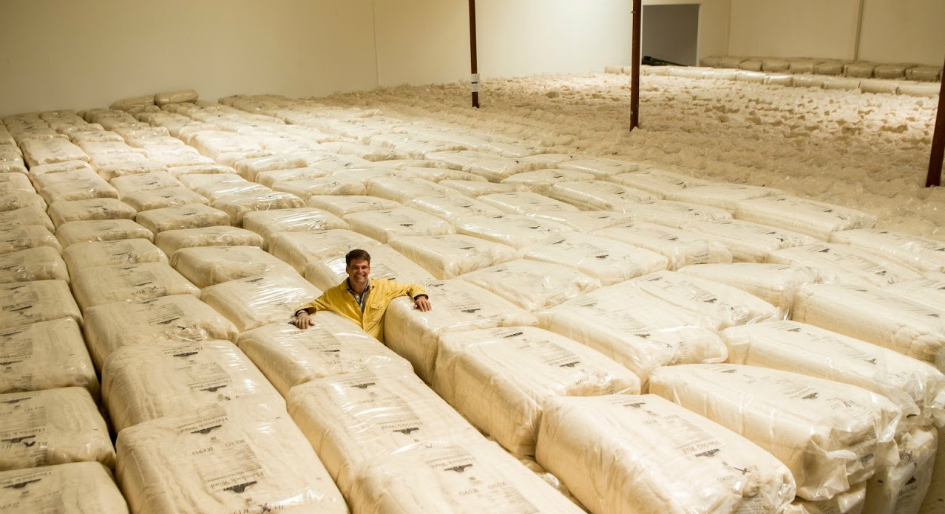Wool insulation, made from the remnants of sheering sheep, is increasingly finding its way into commercial and residential buildings across the world, in countries like New Zealand, Scandinavia and even Canada.
Here, Andrew Legge, founder and managing partner of Havelock Wool, a Nevada-based producer of sheep’s wool insulation, discusses the inherent benefits of using this material in construction, especially when it is byproduct of the textile industry.
What are some sustainable benefits of wool insulation?
Wool as insulation is a natural insulator that has evolved over thousands of years to protect sheep from the elements. Heat is not required during the production process, as no glues or bonding agents are used. As a result, wool insulation has an extremely low net embodied energy and minimal environmental impact. In addition, wool does not contain harmful chemicals and is naturally self-extinguishing. Finally, wool insulation has a long useful lifespan and can be composted when a building is repurposed, rather than end up in a landfill. We take wool that is considered too coarse for textiles and repurpose it to create high-performing insulation.
What are some other benefits?
At the end of the day, wool just makes a lot of sense on a number of levels. It’s not only sustainable, recyclable and biodegradable, but it’s also highly effective for both thermal and acoustic insulation. Nothing available today beats the water-repellant, insulating properties of wool. It consistently performs well due to its inherent ability to absorb and release moisture. In comparison, man-made insulation types are much less capable of managing moisture, which can significantly impact thermal performance and create the potential for mould and other issues. Moreover, there is no other insulation available that has the ability to absorb harmful chemicals such as formaldehyde, NOx and SO2.
Also, unlike with other types of insulation, no dust is created with wool insulation, it’s allergen-free and no protective gear is required when installing it. And, it can last for decades, maintaining its thermal performance throughout the lifespan of a typical building.
How is wool insulation produced? What materials and processes are involved?
Our production process is quite simple. We source a particular blend of wool in New Zealand and, after it is thoroughly scoured (cleaned), we have it shipped via ocean freight to our factory in Reno, Nev. It is packed with a 200-ton press prior to shipping, which enables us to keep our logistics in the bottom decile from a cost and efficiency standpoint. In the factory, the wool is unpacked and then sent through one of two production lines to make either batts or blow-in insulation. After packaging is completed, we are ready to send the processed wool to end users.
When thinking about maintenance and installation, what are the differences from traditional insulation?
With wool insulation, you can install it and forget about it, as it requires no maintenance or care after installation. The process of installing wool batts is the same as with other types of insulation. Blow-in wool insulation is also similar, though there is a slight variation in the machinery used to install it. Installers must possess the necessary equipment.
Common misconceptions about wool insulation?
The common misconception with wool is that it is not worth the additional upfront cost. Wool manages moisture and offers passive filtration, given that its amino acids irreversibly bond with formaldehyde, NOx and SO2. If you think about it, adding 0.5 per cent to your construction budget in exchange for getting a natural, healthy, long-lasting insulation material is a smart decision and good investment. Our challenge is to educate architects, builders and consumers on the benefits of wool insulation and then be a part of the conversation at the right time in the decision-making process.
Andrew Legge is founder and managing partner of Havelock Wool, which brings together leading minds in wool technology with those in alternative building products in order to build a truly renewable and sustainable alternative.
Photos by Ryan Salm Photography








